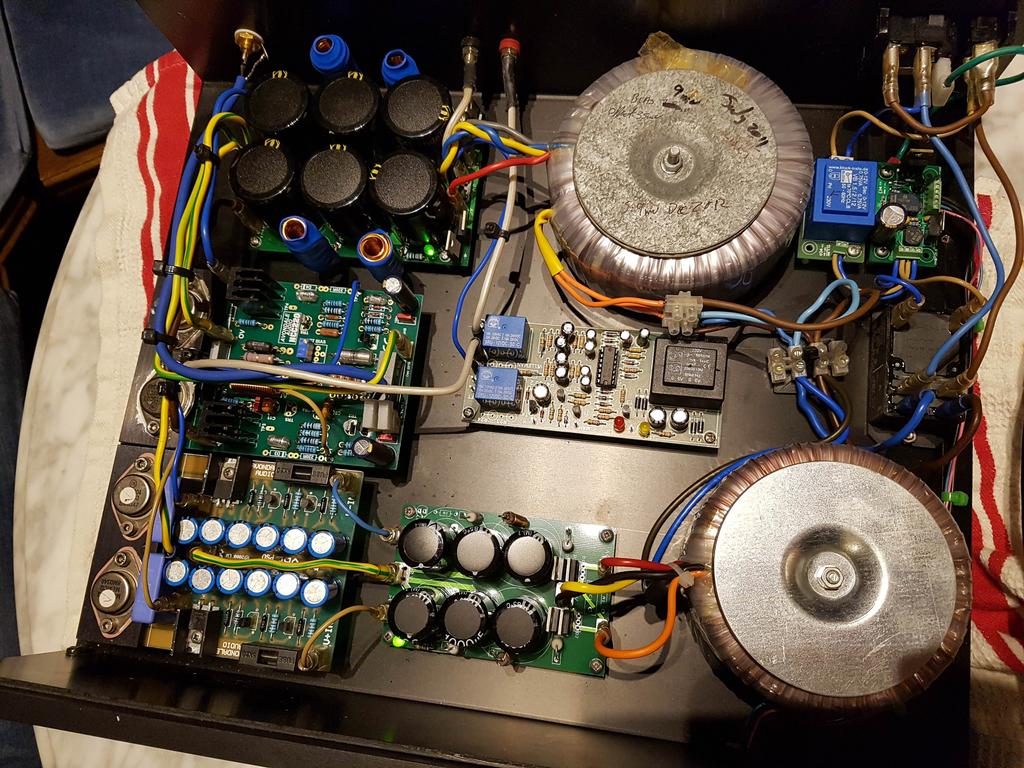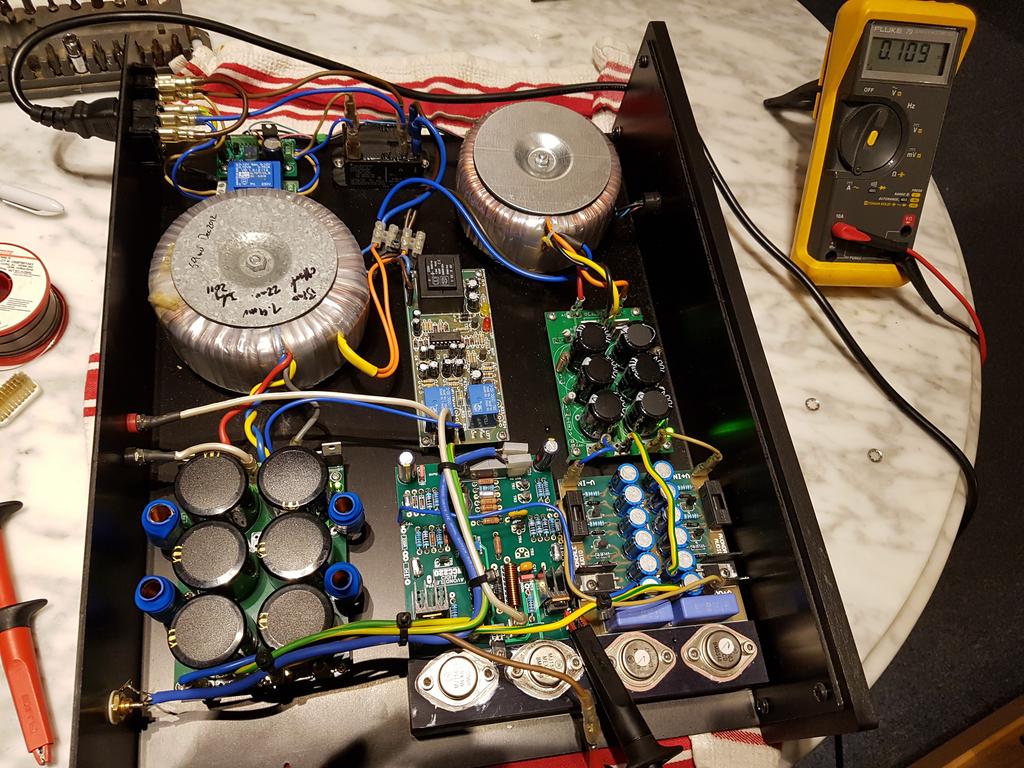misterc6
Wasted and wounded, it ain’t what the moon did
Isn't the metal back of the BD237 its collector? Wouldn't that possibly cause a problem with the board's heatsink bolted directly to the amp's earthed case?
CORRECTION - it now appears that some at least BD237s need insulating pads - see post #305
No, it’s not. It worried me on my build but the metal back of the BD237 is not connected to any of its terminals. You can easily check this with a meter on a low resistance range.
http://www.farnell.com/datasheets/1...0.1560492544.1511900518-1648290522.1454516074
Last edited:





